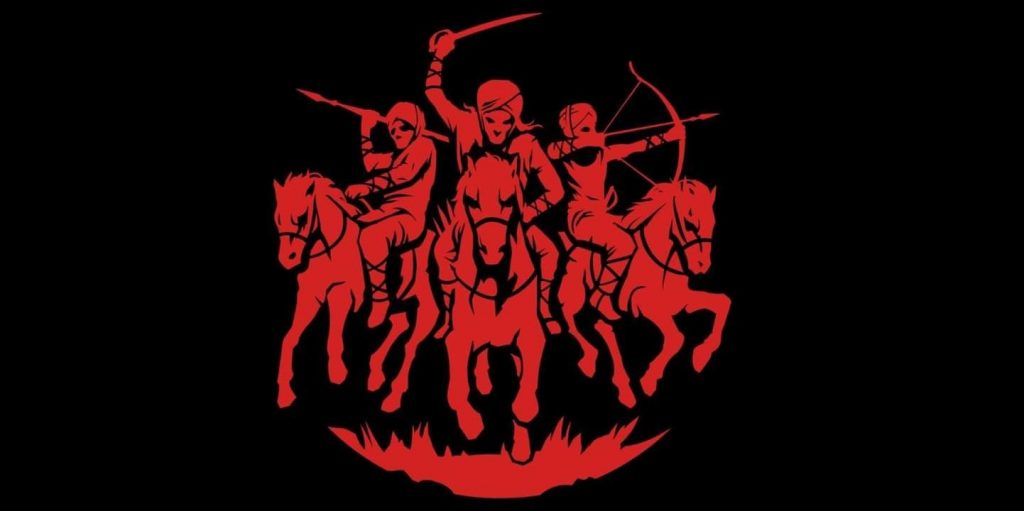 Arambai Tenggol Accused Of Violence During Election: 10 Points On The Meitei Militant Organisation
Arambai Tenggol Accused Of Violence During Election: 10 Points On The Meitei Militant OrganisationIn the backdrop of the Lok Sabha elections in Manipur, the state witnessed a tumultuous phase marked by allegations of violence and intimidation. Amidst these allegations, one group, in particular, has come under scrutiny – Arambai Tenggol, a Meitei militant organization active in Manipur. Manipur participated in the first phase of Lok Sabha polls on Friday, April 19. The state reported 69.13 per cent polling. The Wire has reported, quoting sources, that many booths, particularly in the peripheral areas of Imphal, were completely captured allegedly by Arambai Tenggol. However, the group denied their involvement and appealed to the Manipur police to take up necessary action as per law in connection with the activities perpetrated in the name of the Arambai Tenggol.
Here are 10 key points shedding light on the activities and background of Arambai Tenggol:
- Reports emerged of widespread violence during the polling process, particularly in the Inner Manipur constituency. Many booths, especially in the peripheral areas of Imphal, were allegedly captured by Arambai Tenggol, raising concerns about fair electoral practices.
- Despite accusations, Arambai Tenggol vehemently denied any involvement in the reported violence. In a press release, the group clarified that it did not instruct its members to engage in such activities and suggested that individuals associated with political candidates or parties might be responsible.
- Arambai Tenggol urged the police to take necessary action against those involved in violence under its name. The group emphasized that it neither sanctioned nor condoned such actions and called for an impartial investigation into the matter.
- Arambai Tenggol portrays itself as a sociocultural organisation aiming to revive the pre-Hindu Sanamahi religion among the Meitei community. However, it has evolved into a radicalized armed militia, drawing both support and criticism.
- The organisation enjoys political patronage at high levels in Manipur, with the titular king and parliamentarian Leishemba Sanajaoba reportedly being its founder and leader. It has been associated with the ruling party and has held meetings with key political figures in the state.
- Arambai Tenggol has seen a rapid expansion in its membership and influence, particularly during the recent periods of ethnic conflict in Manipur. It is said to have organised itself into units resembling an organized militia, with a significant presence in the Meitei-dominated Imphal Valley.
- The group faces accusations of harassment, extortion, and violence against various communities in Manipur, including tribal groups, Meitei Christians and Muslims, and even Meitei Hindus perceived as challenging its authority.
- Some members of Arambai Tenggol openly boast about the militia’s activities and agenda on social media platforms. Despite allegations and counter-allegations, the group maintains a significant online presence, further fueling tensions in the region.
- Arambai Tenggol enjoys considerable support among certain sections of the Meitei population, particularly in the context of perceived threats to Meitei identity and interests. However, it also faces criticism and opposition for its alleged involvement in violence and intimidation tactics.
- The Manipur Police have faced challenges in dealing with Arambai Tenggol due to its political connections and public support. Despite efforts to address the situation, including warnings of potential re-imposition of stringent laws like the Armed Forces (Special Powers) Act, the group’s influence remains significant in the region.
Ahead of the elections, ethnic violence in Manipur has so far claimed over 200 lives and displaced nearly 50,000 people since May last year. Officials say the situation has degenerated into anarchy, with underground militant factions regaining support. Manipur’s demographic makeup comprises Meiteis, constituting approximately 53% of the population and residing predominantly in the Imphal Valley, and tribals, including Nagas and Kukis, who constitute 40% and primarily inhabit the hill districts. The divide between the Meitei community and tribal populations deepened due to the controversial matter of Scheduled Tribe (ST) status. Hill tribes are protesting against the Meitei community’s push for ST status.
